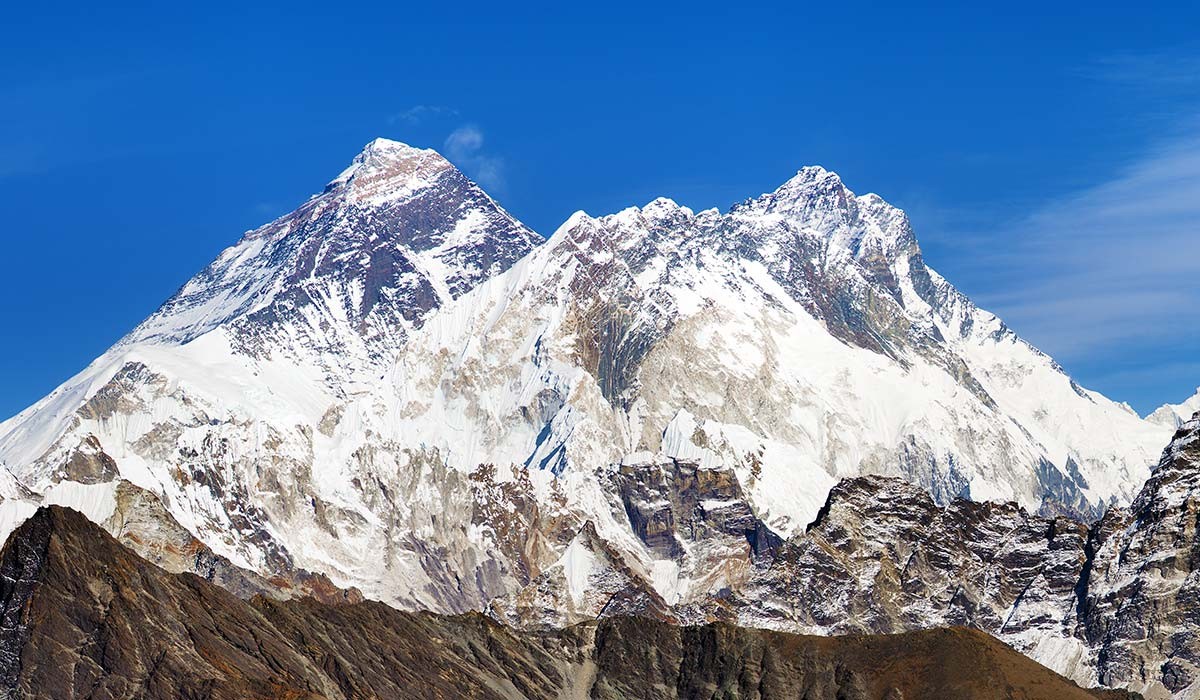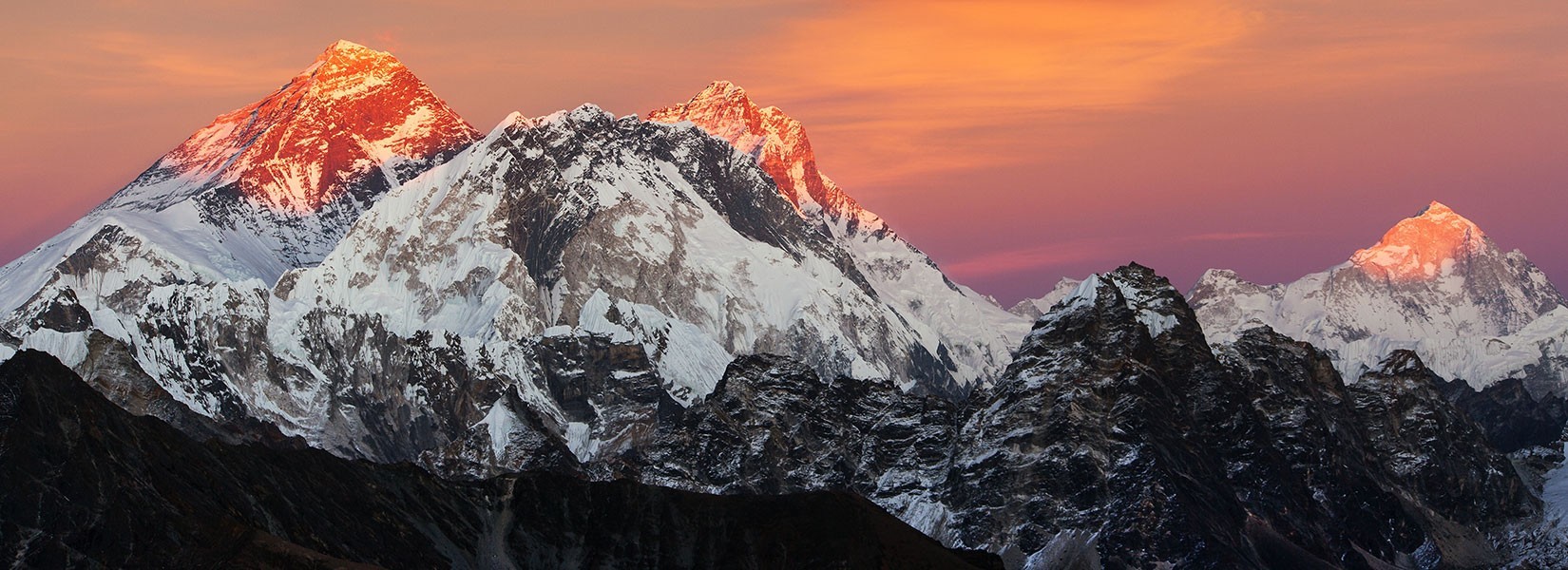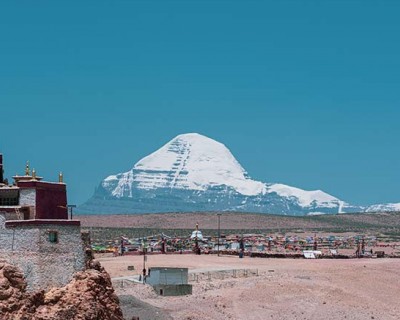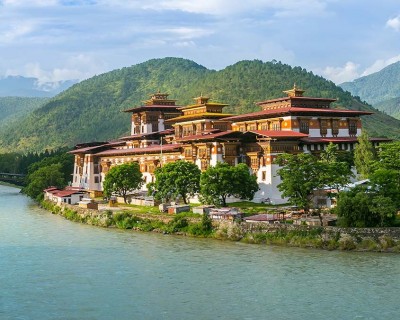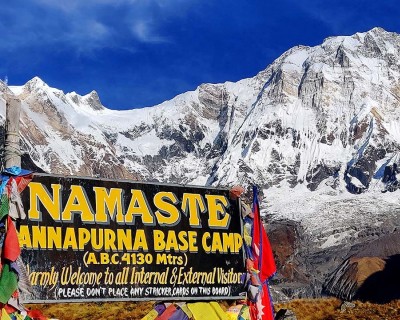A Photographer’s Perspective: Why the Everest Base Camp Trek is Unmissable?
Grandeur of the Eastern Himalayas
The Everest Base Camp Trek offers incredible up-close views of some of the most iconic peaks in the world, such as Everest, Lhotse, Makalu, Cho Oyu, Nuptse, Kusum Kanguru, Thamserku, Taboche and several other adjacent peaks.
Thus, the Everest Base Camp Trek for photographers is a wonderful opportunity to capture the raw essence of the majestic eastern part of the Himalayan range. For photographers, this mainstream trek offers a golden chance to capture the unique form and beauty of the diverse peaks.
Tapestry of Culture and Traditions
Everest region is known as the home of the brave Sherpa people. During this trek, you will have the chance to explore the beautiful Sherpa settlements spread across the region. This unique teahouse experience, close to the beautiful high-altitude settlements, will offer insights into the lifestyle, culture and traditions of the mountain civilization.
Not only people and houses, but spiritual touches such as praying flags, chortens, mani walls and stupas will add the element of spirituality. So, Everest Base Camp Trek for photographers managed by Marvel Adventure is a jackpot of cultural and spiritual highlights.
Diverse Landscape
The route to the base of the highest mountain in the world passes across a diverse landscape. You will start your journey from Lukla, gradually following the lush woodland, rivers and arid landscape; you will push toward alpine meadows and icy moraines.
This diversity in the composition of the landscape guarantees the opportunity to capture the diverse beauty of the country with each climb. So, this Everest Base Camp Trek for photographers will feel like a journey across different dimensions at the same time.
Vibrant Flora and Fauna
If you don’t know this, Everest Base Camp Trek will take you through the UNESCO Site, Sagarmatha National Park. This Himalayan national park is popular for its unique and rich bio-diversity of flora and fauna.
This national park is home to the eloped species of wildlife such as red panda, snow leopard, musk deer, Himalayan tahr, Himalayan mouse hare, marten and more than 118 species of birds, including the snow cock, blood pheasant, red billed cough and impeyan pheasant.
Thus, this trekking journey also dives into the exploration of rare species of wildlife and birdlife. During your adventure, you will have countless opportunities to capture these rare Himalayan species in your lens if you choose an appropriate period for the trek.
Journey as a Story, Not Just Destination
In this Everest Base Camp Trek for photographers, every step of your journey will present a different scene. From incredible villages to the high mountain landscapes, every step will allow the photographer to create a chronological story.
You can document the transformative journey, capturing the changing landscapes, new friends and personal challenges along the way, which will make the trek truly remarkable and an inspiration for others who are looking for their life-changing journey.
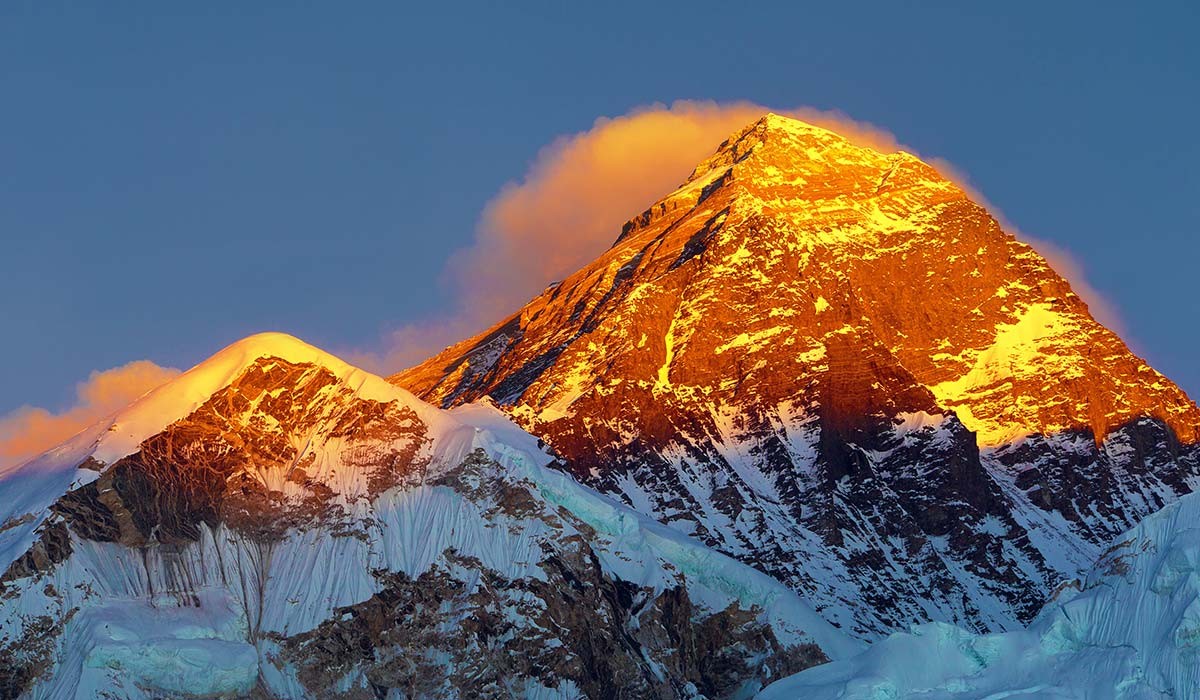
Seasonal Secrets: Choosing the Right Time for Picture-Perfect Shots
If you are planning to join the Everest Base Camp Trek for photographers with us, choosing the right period is the secret to capturing the true majesty of the Himalayan range. However, the most ideal period for the trek will depend on what aspect of the Himalayan beauty you are aspiring to capture.
In general, there are four seasons for trekking in Nepal. Each season reflects the magnificent beauty of the Himalayas in different colors. Let’s check ut what each season will unveil during your Himalayan journey.
Spring (March, April and May)
Spring, in short, is a haven for nature lovers. During this peak period of the year, the entire Himalayan landscape is brimming with life. Not only will you have an easy time navigating the mountain trails, but the abundant natural beauty of the Himalayan is simply enchanting in this period.
The vibrant splashes of color and warm light will create the most stunning visual for you to capture in your lens. During the spring season, the entire trail is decorated with lush greenery, colorful rhododendrons and other wildflowers.
It is also a most suitable period to capture photos of the incredible wildlife and birdlife in this season of nature. So, your Everest Base Camp Trek for photographers with us in this season will be a highly rewarding experience.
Autumn (September, October and November)
Autumn is another popular peak season for the trekking in Nepal. This season is mostly popular for the calm manner of climate and ideal temperatures that make outdoor adventures comforting.
Although this season does miss the peak dazzle of the spring season, the shades of fall color will provide a different perspective on the Himalayan beauty. Autumn is also the core period for cultural celebrations in Nepal, so you will have many opportunities to capture the cultural essence, which is the soul of the country.
Monsoon (June, July and August)
Monsoon is the less popular trekking season in Nepal due to its unfavorable climatic conditions. The continuous downpours and travel restrictions do make travelers feel constrained. However, beyond those weather challenges, there hides the breathtaking beauty of the Himalayas that is fed by the rain.
The emerald-strewn landscape, water puddles, misty atmosphere and ethereal light, add a sense of solitude to your trip. So, if you are looking for a rare tranquil moment in the mystical atmosphere of the Himalayas, you can’t miss photography during this season.
Winter (December, January and February)
Winter, the coldest season on the mountain, does make the trekking experience more challenging under the harsh and freezing climate. However, during this period, the Himalayan landscape is transformed into a pristine white canvas.
You will be able to witness the prime form of the majestic peaks during this season and the stark beauty of the winter wonderland will make you appreciate the different beauty of the Himalayas. Similarly, in this off-season, the trail activity is significantly reduced, so you will be able to take your time to explore and capture different prospects of the region without any hindrance.
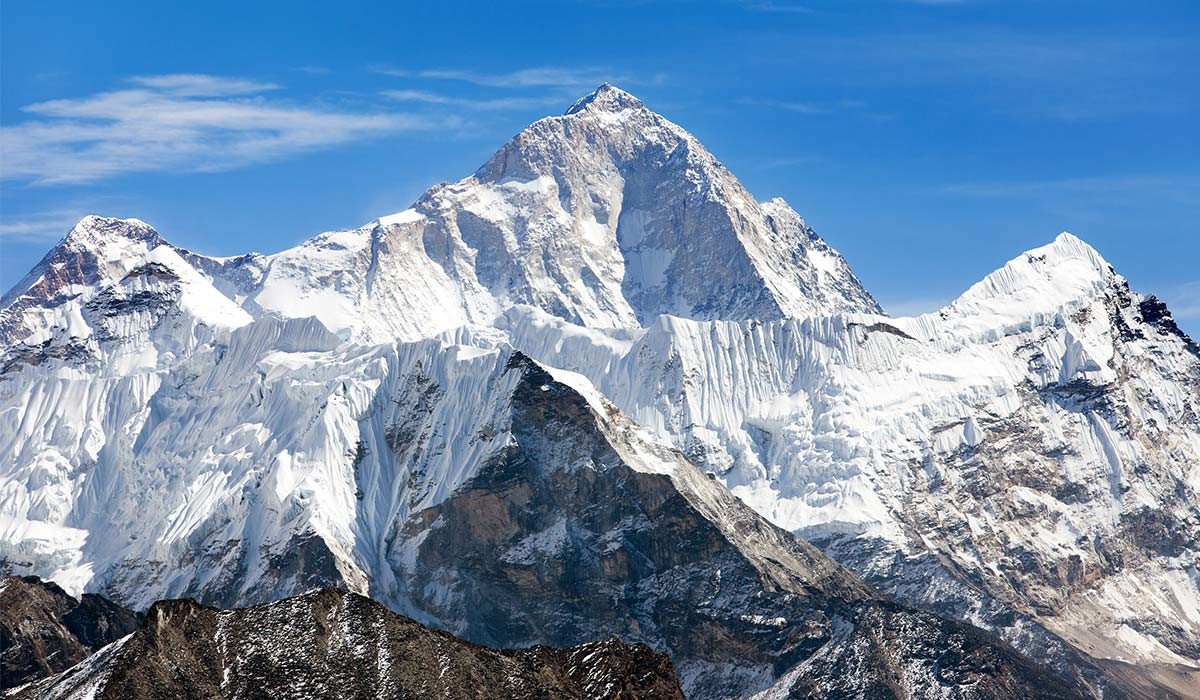
Don’t Miss: Best Time of Year for Everest Base Camp Trek
Packing Light but Right: Essential Photography Gear for the Trek
Like any standard trekking adventure, packing for the Everest Base Camp Trek for photographers will rely on the season of your preference. Besides the camera and necessary equipment for impeccable photography, you will have to pack comfortable layers, personal hygiene products, toiletries and helpful trekking gear.
For trekking in Nepal, you need to understand the climatic variation at different altitudes. Suppose you are planning this adventure during one of the peak seasons (i.e., spring or autumn). In that case, you will need to pack light and flexible layers for the lower region and buff insulated clothes for the higher altitudes.
Similarly, during these peak seasons, just general trekking equipment such as reusable water bottle, map, sleeping bag, backpack, trekking pole, headlamp, GPS device, etc, will be quite sufficient. But, if your trek is scheduled for the off-trekking periods (monsoon or winter), you will have to bring appropriate clothes and gear to tackle the weather challenges.
Note: As you will also be carrying the camera and other necessary equipment, you should be careful about the weight limit. You will need to pay extra for the air transport as well as an additional porter if your luggage goes beyond the mentioned weight limit.
Preserving Your Equipment: Cold-Weather and High-Altitude Protection Tips
While doing Everest Base Camp Trek for photographers, it is important to properly manage and protect your devices to avoid any kind of expensive mistake on this high-altitude journey. You need to properly secure your equipment using a silica gel pack and wrap them in a plastic bag to avoid condensation of lenses while moving between cold and warm environments.
Similarly, you also need to be careful about protecting the lenses from snow and dust. Using the UV filter to protect the lenses is the best way to maintain your camera for clarity. Don’t forget to pack soft microfiber to keep your lenses clean. Even when exploring this major trekking destination in the peak periods, make sure your gear bags are water resistant and have rain cover to shield them against snow and moisture.
Also, the battery life of the camera drains faster in freezing temperatures. You will need to bring an extra pair of batteries and a powerbank to keep your equipment functional. Store batteries close to your body to keep them warm and recharge wherever possible, as the power sources can be limited on remote mountain trails.
Must-Capture Moments: Top Photogenic Locations Along the Route
EBC Trek, which is the most renowned base camp adventure in the world, has many highlights across its mainstream route. Of course, you will be guided by our exceptional crew to all these major highlights. Still, here are some of the most remarkable landmarks in this trekking route that you should look forward to for iconic photography.
Lukla: This is the gateway to the Everest region, where every adventure in the eastern Himalayas starts with a thrilling flight to Tenzing Hillary Airport. This beautiful settlement itself is a remarkable highlight and offers fasting views of lower valleys.
Namche Bazaar: This Sherpa capital is an ancient trade hub and is the most vibrant town in the Himalayas. There are many highlights in this popular acclimatization destination, including Khumjung and Khunde Village, Syangboche Airstrip, Hotel Everest View, Sherpa Museum, etc. Furthermore, the fascinating lifestyle and epic mountain vistas on the backdrop make the photography prospects even more exhilarating here.
Tengboche Monastery: This beautiful monastery is a major spiritual hub in the entire Khumbu region. Its incredible Tibetan Buddhist culture influenced architects, murals, praying wheels and chorten create a spiritual atmosphere to capture that perfect shot. On top of that, the breathtaking views of Ama Dablam, Nuptse, Lhotse, Thamserku and Tawache on the backdrop make this highlight a not-to-miss destination for photography.
Suspension Bridges: Everest Base Camp Trek will take you across multiple suspension bridges above the cascading rivers. While doing the Everest Base Camp Trek for photographers, one cannot simply miss the high-adrenaline shots that showcase trekkers taking on the thrilling ride and at the height of the journey.
Dingboche: This popular high-altitude Sherpa settlement is also known as the summer valley due to its unique landscape, where the fields are surrounded by stone walls. Dingboche offers you the chance to capture the beauty of the authentic Himalayan lifestyle. The serene meadows and magical lighting on the surrounding peaks create a magical atmosphere and you will be able to truly capture the Himalayan beauty from a varied perspective.
Gorakshep: This is the final settlement and the gateway to Mount Everest. The views of the surrounding mountains and glaciers are simply astonishing from here. This rest stop during the last leg will offer you the chance to capture the transitioning point between the human settlement and the far-off majestic Himalayas.
Everest Base Camp: As EBC marks the end of the trek, it also rewards you with an otherworldly experience beneath the towering eastern Himalayan peaks. The truly up-close views of the pristine peaks, icefall and glaciers will be a surreal photography experience. Also, during the peak climbing seasons, there are colorful camps on the campsite, which will offer vibrant photography opportunities.
Kalapatthar: It is believed that no journey in the Everest region is complete if you don’t hike to the most popular viewpoint, Kalapatthar. From this vantage point, you will be able to enjoy and capture the 360-degree views of the surrounding peaks, such as Everest, Changtse, Nuptse, Pumori, Ama Dablam, Lhotse, Chumbu, Thamserku, Tabohce, Lbouche and Kangtega.
Through the Lens of Culture: Capturing Sherpa Life Respectfully
Yes, the Everest Base Camp Trek for photographers does provide an immersive cultural exposure where you will be able to learn more about the mountain lifestyle and capture its essence through your lens. However, as a photographer, you will have to be mindful of a few factors in order not to hurt the sentiments of the natives.
While exploring the beautiful Sherpa settlements along the route, you should ask for consent before taking photographs of the locals, especially so in the remote villages. Your respectful interaction will not only enrich your photographs but will also foster meaningful connections with the people.
Similarly, while documenting religious sites and monasteries, always ask for permission and check if there are any kind of restrictions on photography. You will also have to remain quiet and not intrude on the sacred atmosphere.
Show respect toward the rituals and make sure not to bother the priests and nuns who are engaged in their prayers. Also, while capturing the daily life, culture and traditions of the people, make sure to use natural light to preserve authenticity and if possible avid the disruptive flash.
Learn More About:People and Culture of the Everest Region
Starry Nights and Sunrise Peaks: Nailing Low-Light and Night Photography
Under a tranquil atmosphere, one cannot simply miss the magnificent sunrise views and starry nights. From the high altitude points these prospects are even more magical and immersive.
To capture the perfect starry night, bring a tripod and wide-angle lens. Experiment with the long exposure to capture the trail, or you can use short exposures to capture the crisp shot. Similarly, the ‘blue hour’ before the sunrise offers soft and ethereal light.
So, if your planning to capture the majestic beauty of the Himalayas at the dawn breaking point, position yourself at location with clear views and use gradual filter to balance the exposure between the sky and ground.
Drone Perspectives on Everest: Capturing Aerial Views (Ethically)
With the help of the drone, it is now possible to capture the majestic aerial views of the Himalayas from up close. If you are carrying a drone for photography while doing Everest Base Camp Trek for photographers, make sure that you have the necessary permits for the flight.
There are some restricted areas where flying drones is not allowed due to privacy and safety concerns. At such places, you have to adhere to the local regulations. Similarly, while taking the drone shot, you need to avoid wildlife disruption and prioritize your safety first over the cinematic shot.
For the best photography experience, you should practice altitude-specific techniques as drones reach differently at higher elevations. The wide sweeps, short and controlled movements will help you capture the beauty of the Himalayas beautifully with incredible cinematic effects.
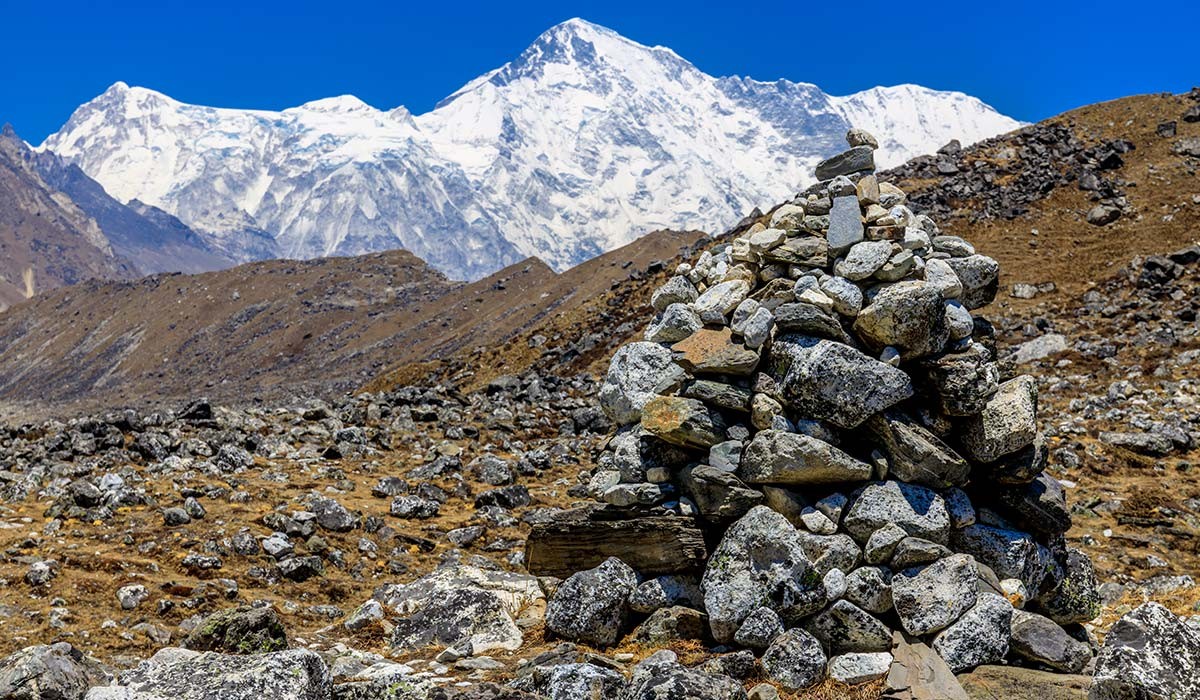
Altitude, Aches, and Art: Staying Energized to Shoot Throughout the Trek
Besides preparing yourself to take the most magical shot during the Everest Base Camp Trek for photographers, you also need to be careful about the risks and challenges that come along with a high-altitude journey. It is important to have an artistic mindset, but it is also equally important to be mindful of your health during the trek.
Altitude sickness can be a major hurdle while doing high-altitude explorations such as Everest Base Camp Trek. Thus, even in your photography journey, you need to follow an appropriate acclimatization schedule and stay hydrated throughout the trip.
Getting enough rest/acclimatization day along the trekking route will also reduce the risk of over-exhaustion and altitude sickness. Similarly, eat a balanced diet and keep tabs on your hygiene to avoid any kind of general illness during your trek.
It will be best if you train for the recommended period for this trek. That way, you will be able to easily handle the physical demands of the trail, which will not affect your creativity in capturing the beauty of this Himalayan region.
In overall, as a photographer, you should carve both necessary rest and creative time. Balance the physical demands with creative breaks and use downtime to review and organize photos or plan the perfect shot. This trick will help your stay motivated and focussed even during the challenging segments along the trekking route.
